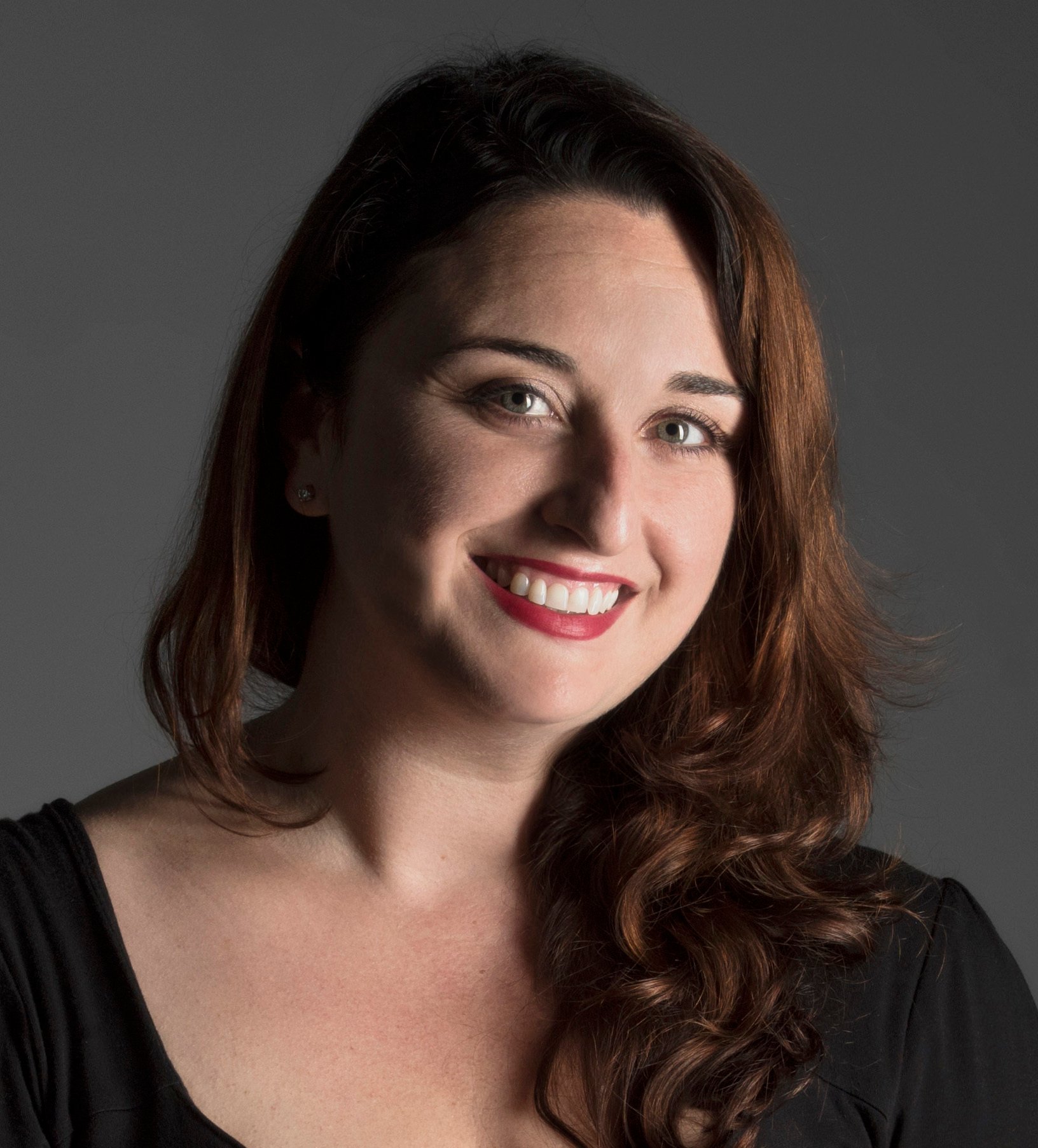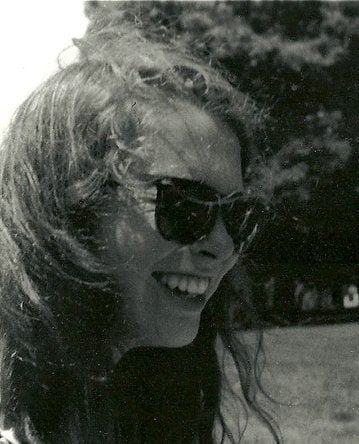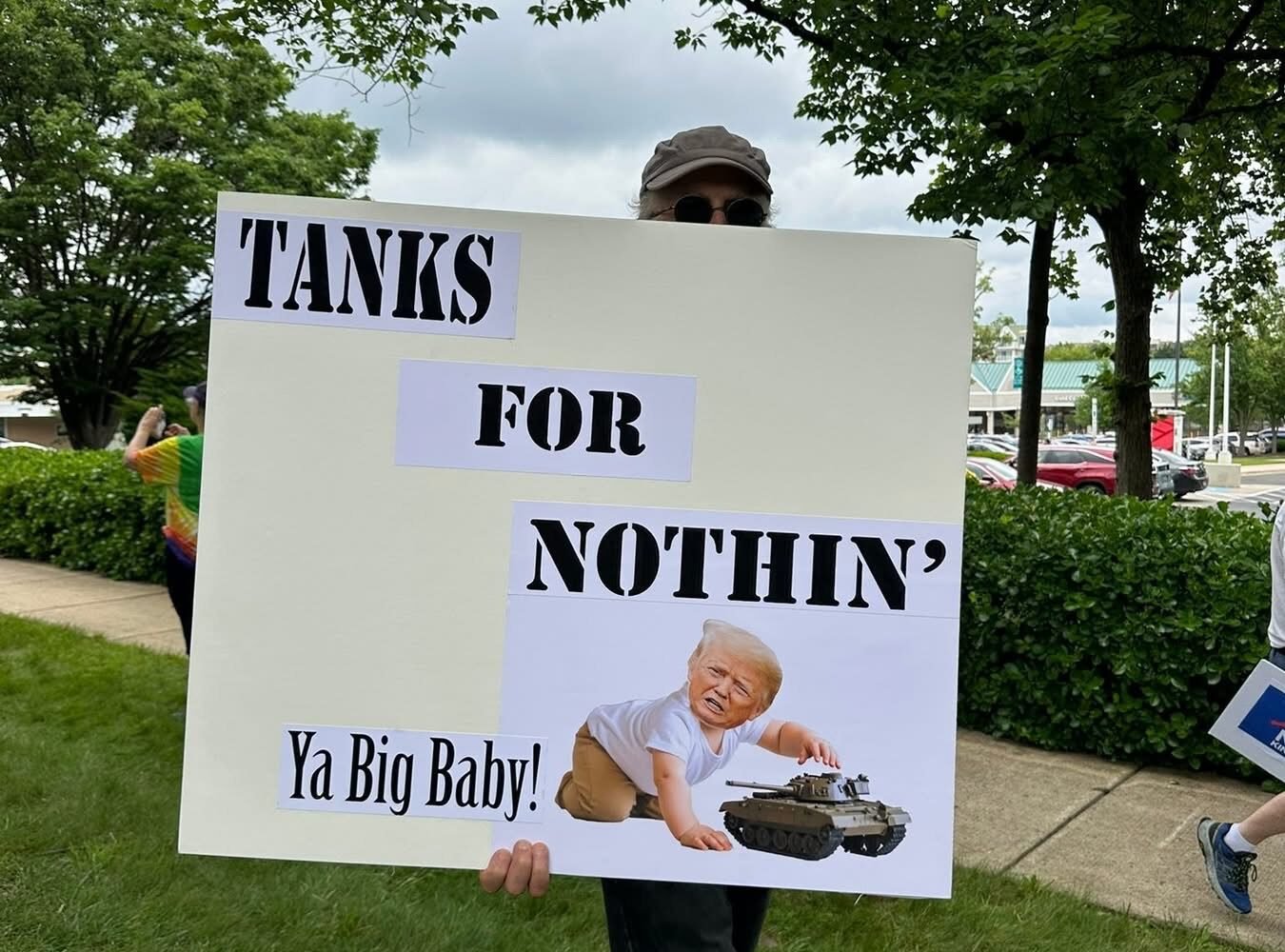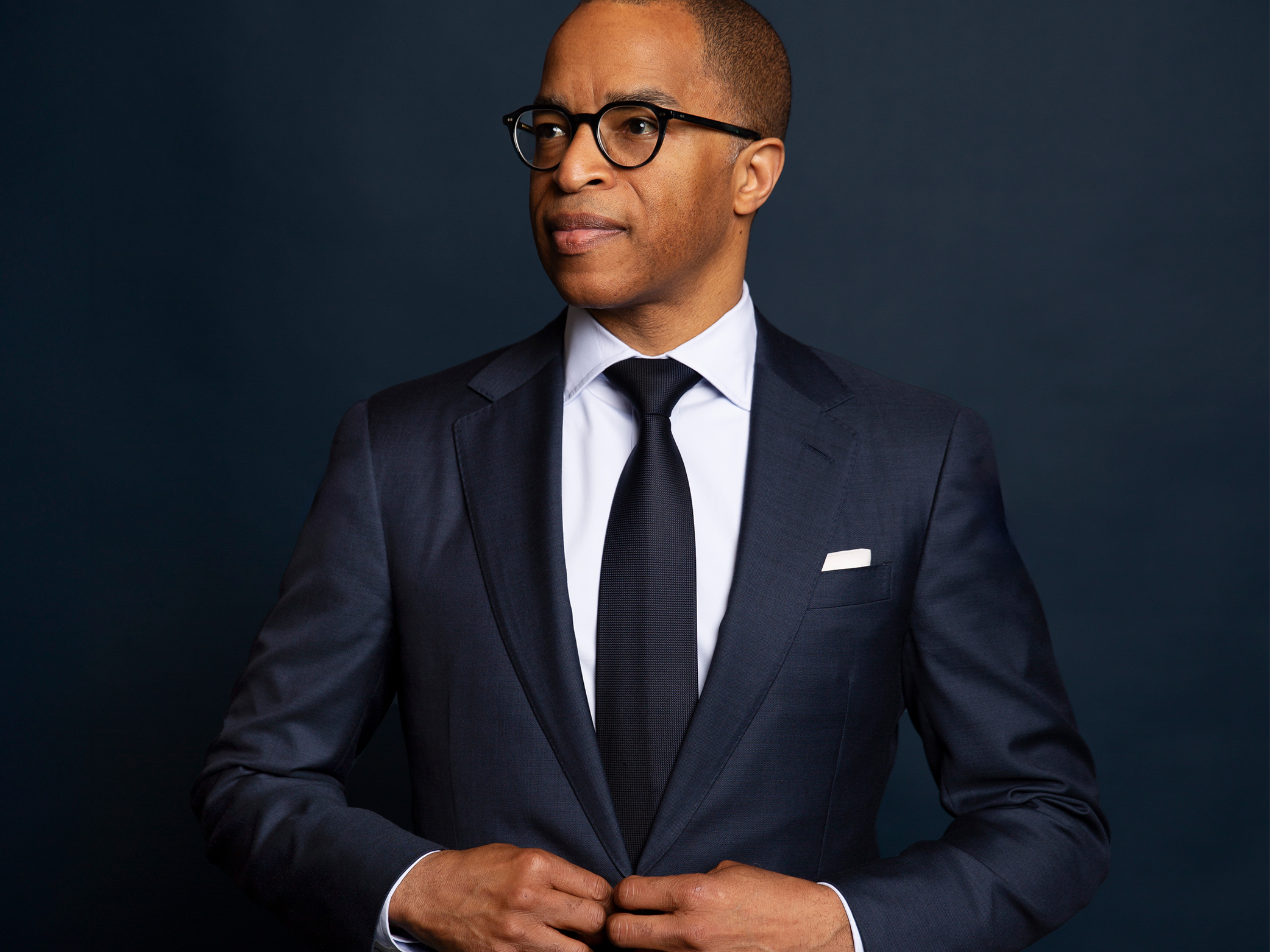Holly Bailey is a national political reporter for the Washington Post who has lived in Minneapolis for the past year to cover the killing of George Floyd and Derek Chauvin’s subsequent murder trial. Washingtonian talked to her about what it’s like to embed in a community, covering police brutality as a white person, and being in Minneapolis the day Chauvin was found guilty.
I’d love to hear about how you ended up in Minneapolis. When you went out there, how long did you think you’d be there?
It’s kind of a convoluted story. Last spring, I was working for the Post covering the presidential campaign. [But] I ended up driving across the country and writing about the pandemic and what it looked like in America, and I was based out of Milwaukee for a while writing about the pandemic. And then I got a call to head to Minneapolis. This was May 26, 2020, the day after George Floyd was killed. I arrived a little less than 24 hours after that video [of Derek Chauvin kneeling on Floyd’s neck] began circulating. I’ve basically been here ever since. The only time I’ve really ever left was when I drove back to Wisconsin and got my stuff. I packed for what I thought was going to be a two- or three-month assignment, and it’s been over a year now.
Do you still have an apartment in DC?
I do, I just haven’t seen it in over a year. Thankfully, the [building] managers have put my mail in my apartment. I’ll see it at some point, I assume, but I’m not sure when. I’m in an Airbnb [in Minneapolis].
When you first got to Minneapolis, right after George Floyd was killed, what was it like there in the city?
When I drove in, the first place I went was 38th and Chicago, which is the intersection where George Floyd was killed. There were hundreds of people in the street gathered there. It was raining and kind of chilly, and people were standing there without umbrellas. It was hard to tell if they were crying or if it was the rain, because it was just so emotional. People were beginning to put flowers on the spot where he died in the street. I took a lot of pictures that day, and it’s just been so striking to go back and look at those pictures and realize that some of those people I saw that first day and talked to, I’ve seen again and again in the streets over this last year marching, calling for police accountability and racial accountability. It speaks to the fact the way [this community has] come out all the time, in rain and snow and frigid temperatures.
People that night marched over to the Third Precinct, which is the police station where Derek Chauvin and the other three officers [Thomas Lane, J. Alexander Kueng, and Tou Thao] were based. Things started to get really tense in terms of police firing tear gas and rubber bullets and that sort of thing. That started a bit that night, but it really ratcheted up in the following days.
Going off that, I know covering the protests in Minneapolis was difficult for a lot of reporters, and some folks were detained or injured. What was your experience like?
I hadn’t really been prepared with a lot of equipment, so I kind of stayed back from the front lines. I kept getting tear-gassed again and again. I remember the swell of the crowd running away, and it was mostly peaceful, [so] it was hard to understand why that tactic was being used. The second [night] I was here, you could feel things take a turn and get more aggressive. I saw people running down the street with TVs from a nearby Target. I wasn’t injured like some of my colleagues. We had a freelancer who was hit by a rubber bullet, and we had people in later days who were detained.
Were you afraid?
I don’t think you can be in a situation like that and not be concerned. I’ve covered protests before, but I’ve never covered anything like that. I remember calling my editor at one point, [and] I stepped back for a bit. The rule with us is that we’re always told never to put ourselves into harm’s way. You still want to be able to be out there, you want to see things, but you also want to be in a position to report. One of the things that was striking about the protests is that there were a lot of people with little kids and families that were coming out. And when things started to take a turn, they were also getting out of there.
How did you go about ingratiating yourself in the community, finding sources, and getting people to trust you and speak with you? I know Floyd’s death was a very personal thing and deeply upsetting for a lot of folks there on a local level.
Perhaps it’s my background of covering emotional and tragic events, [but] I feel like one of the strongest things to do as a reporter is just talk to people and listen. I remember arriving at 38th and Chicago the first day I was here, and there was a lot of suspicion of reporters. I remember seeing people yell at people with television cameras to get it out of their faces. They felt like the media was again swooping in at this emotional moment, and they didn’t want a reporter to have their tape recorder or camera in their face. And I absolutely respect that. One of the things I tried to do is just go back to that community repeatedly and spend a lot of time at that intersection. When you’re a journalist, it’s such a gift when you get to spend time on a story. And I spent time in this community, and I observed what they were feeling and what it was like for them. This has been beyond George Floyd’s death. Police brutality, race, and all those issues have come up again and again here in the Twin Cities and [have] sent people into the streets marching for justice. It’s been this large thing that’s been happening for many, many years. And so being here and being able to feel embedded in this community, where you feel the tension that they feel and the emotions they feel—it’s been just really, really interesting and I think helped my stories be better.
Reporting on George Floyd’s death and the civil unrest that has followed—how have you tried to approach that as a white person, and what have you learned reporting on that?
Here, people are so traumatized. And it’s not just about George Floyd, it’s about the other shootings of people of color here, and people feel like they’ve been brutalized. At the trial, there was this juror who spoke during jury selection, and he wasn’t ultimately picked. He was a Black man who once lived in south Minneapolis, and he spoke about police driving by playing “Another One Bites the Dust” when there would be a shooting and somebody of color was killed. And when I arrived here last year, I tried to talk to a Black woman on the street at 38th and Chicago, and she was deeply suspicious. She said, “You know, we’ve been telling the media these stories for many years, and nothing ever changes. You guys come in, you write about us, and then you leave, and nothing is changed.” And so it was me trying to just be empathetic, and to listen and earn people’s trust in that way. And that’s the only thing you can really do—earn their trust and write stories about what they were going through and tell what it was really like here on the ground. From the very get-go, I was really mindful of the trauma that people feel again and again, not just from these events happening, but also from their suspicion of the media.
How has your mental health been during this year?
There are days that it’s been hard. I’ve watched the body camera videos from the police officers, the bystander videos, and I’m very conscious of trying not to view this in a cold, unemotional way. But there are days when it does catch up with you. Especially during the trial, when you were hearing the testimony of Darnella Frazier [the teenager who filmed Floyd being killed] talking about how her life has changed, the intense guilt she feels and blaming herself that she wasn’t able to do more and wasn’t able to save his life. It’s just heart-wrenching and heartbreaking. I think one of my strengths as a reporter always has been trying to put myself in the shoes of people and trying to imagine what they’re going through. And in this case, it’s very hard. So I’ve been trying to be mindful of that and take breaks.
What was it like being in Minneapolis the day Chauvin was found gulity?
I was not in the courtroom that day. I was in a media file across the street, and we had gotten word of the verdict. The first thing that was striking to me is downtown Minneapolis turned into this traffic jam, which has been rare during the pandemic because a lot of workers have not returned to downtown Minneapolis. It was people trying to get out of downtown in anticipation of what might happen. When the verdict was being read, we were directly across the street from the courthouse, and you hear a giant cheer go up from people gathered outside. I had to race to my car to file this momentous story, so I was sitting in this parking garage facing this concrete wall, but I could still hear the noise of the people on the streets. I have regrets of not being out there in it, but instead I was writing this first draft of history.
How long do you anticipate being out there?
I’m not leaving anytime soon. The case of George Floyd’s death is still progressing—Chauvin’s sentencing is happening, and then there will be the other trial [of Lane, Kueng, and Thao]. But for Minneapolis, this is a larger story than George Floyd. There’s still this debate over policing and the reckoning over race and social justice. The Post is coming at it from a national perspective of what does this say for the country at large?, and I feel like Minneapolis has this incredible lens [through which to view it]. But the sense of people here is that there are a lot of Derek Chauvins working in law enforcement in Minnesota. And so the quest for police reform is still going, and the debate over the future of what policing looks like is still going. So the story of Minneapolis, in this regard, is not over.
This interview has been edited and condensed for clarity.




















